This is a peracute necrotising myositis which results in rapid death of the animal caused by Clostridium chauvoei infection. The bacteria are found harmlessly in the intestinal tract of cattle and produce spores which can remain viable in the environment for many years.
It is thought that the spores are ingested and pass through the intestinal wall into the bloodstream where they spread to the muscles and other tissues and can remain dormant within the body. Active infection can be sporadic or may sometimes follow bruising or injections.
The main clinical sign is that animals, usually strong/good condition individuals, are found unexpectedly dead, but occasionally they may be seen alive with marked depression and severe lameness. Youngstock are most commonly affected but cattle of any age are susceptible. The skin over the affected muscle may feel crackly (as if there is a plastic bag under the skin) and the area is usually noticeably swollen.
At post mortem there is a characteristic dark red/black discolouration of muscle tissue with a dry appearance, separation of the muscle fibres and gas bubbles in the surrounding tissues. Large muscle masses are most commonly affected but it can also occur in the tongue, diaphragm or heart. Sometimes only one animal is affected but outbreaks are also seen with multiple losses over days or weeks, and the disease can be associated with certain fields.
Black leg is easily prevented through vaccination, either standalone Blackleg Vaccine or Bravoxin-10 which offers cover for multiple clostridial diseases. Cattle need 2 doses 4-6 weeks apart for effective protection so it’s a good idea to think about vaccinating in late winter/early spring in plenty of time for turnout. In the face of losses injecting the remainder of the group with penicillin can help to reduce deaths until vaccination can be completed.


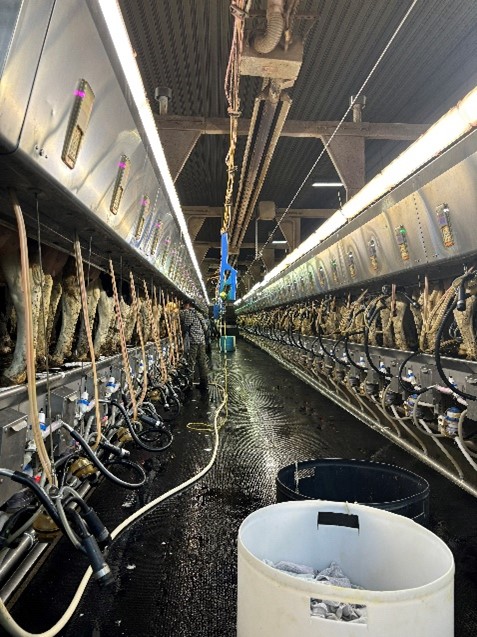
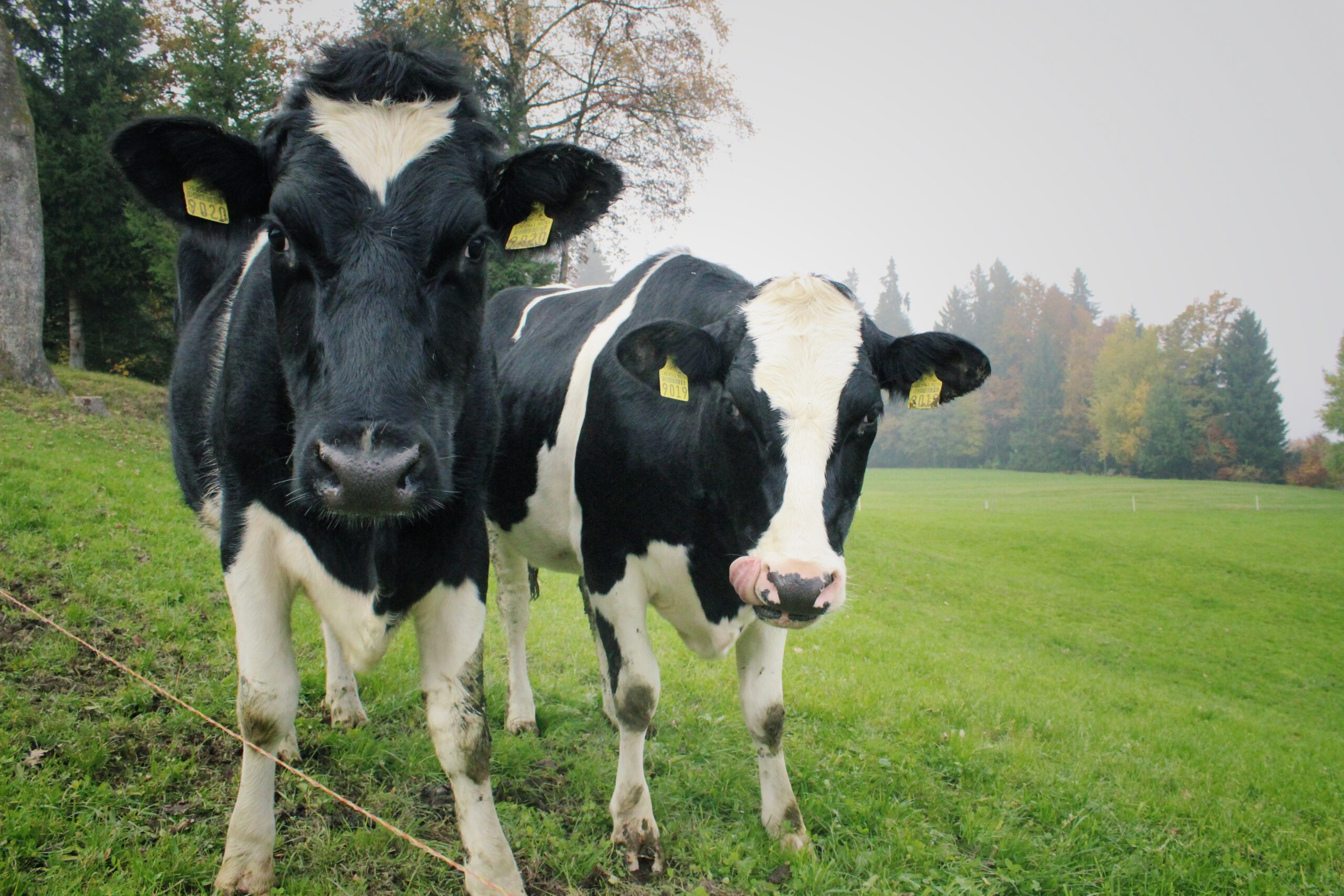
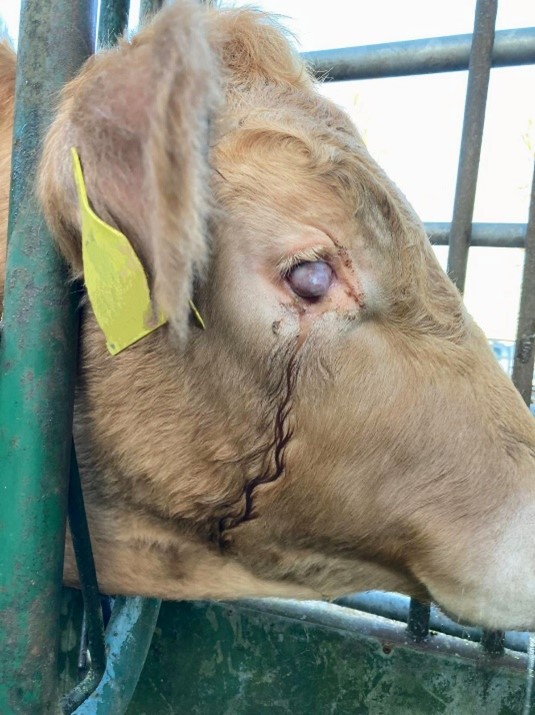

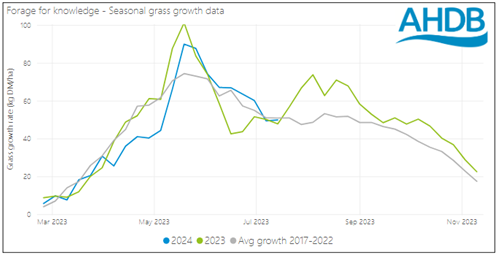
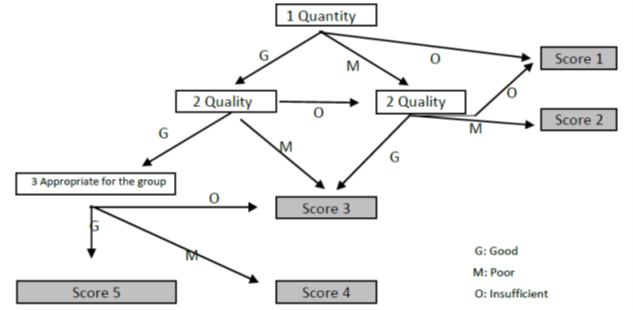

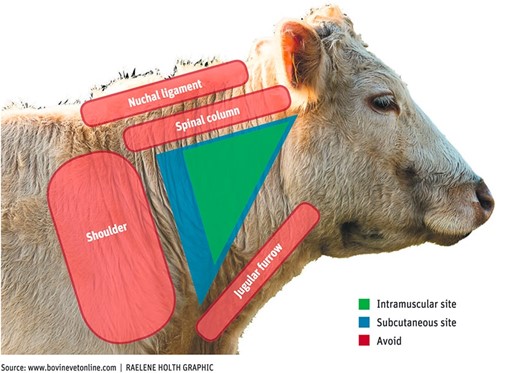

Leave A Comment